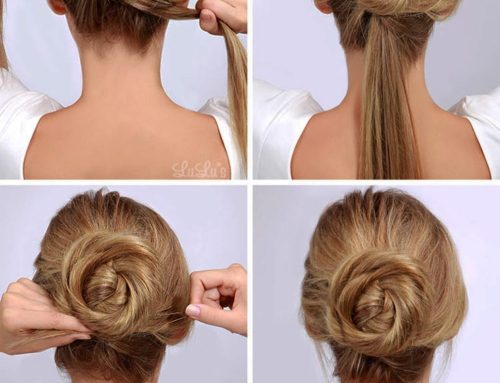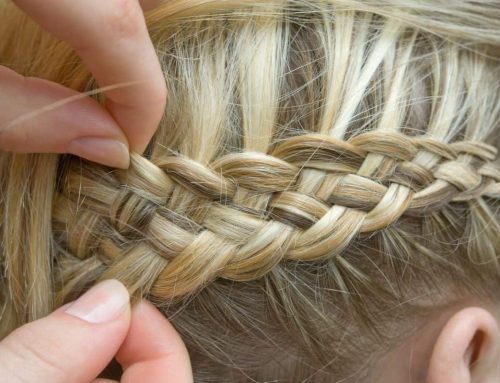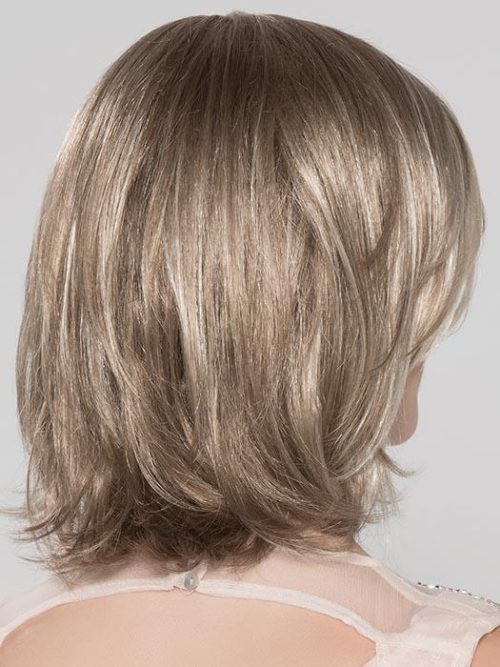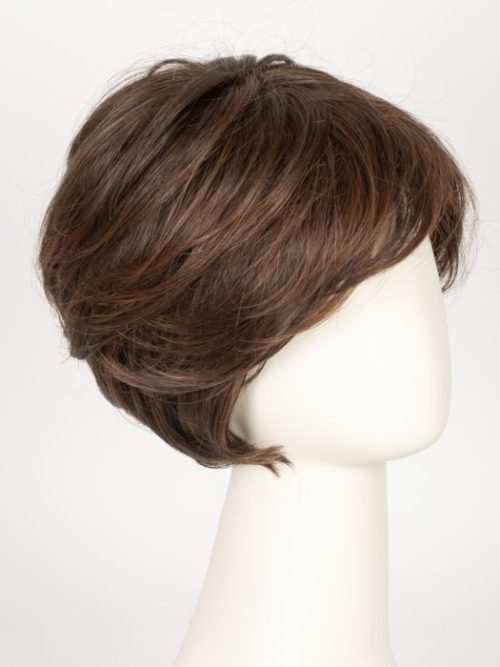Have you ever looked at your wig and thought, “I wish it looked more natural”? If so, you’re not alone. I’ve been there too, frustrated with wigs that just didn’t look right. But then I discovered lace front wigs, and they changed everything. In this guide, I’ll walk you through the process of making your own lace front wig. It’s a labor of love, but the results are worth it. So grab your supplies, and let’s get started!
Part 1: Preparing the Lace Front
Step 1: Measure Your Head
First things first, we need to get some measurements. Trust me, getting this right makes all the difference. Take a tape measure and start at your natural hairline, going back to where you want the lace front to stop. This length is up to you, so decide how much coverage you want.
Next, measure from ear to ear. Place the tape measure just in front of one ear, wrap it over your head to the same spot in front of the other ear. Make sure your hair is flat for the most accurate measurement. You can wet your hair or style it in cornrows to help with this.
Step 2: Make a Pattern
Now, let’s make a pattern. Grab a piece of plastic wrap large enough to cover your head. Wrap it tightly over the top of your head and secure it at the back. This will be the base for your pattern.
Start taping from side to side. Secure a piece of tape over one ear, run it over the top of your head to the other ear. Then tape from front to back until the pattern feels rigid. Use a soft pencil to trace your hairline. Start in the front and go just over the ears. Tape over the pencil marks to keep them from smudging.
Step 3: Secure Your Pattern on a Wig Block
Carefully remove the pattern from your head. Now, it’s time to pin it to a wig block. Stuff the pattern to keep its shape, then place it on the wig block and secure it using balled straight pins. Add more pins along the hairline to keep everything in place.
Step 4: Cut the Lace
Using the pattern, measure and cut a piece of lace. Leave some extra lace to work with; don’t cut it to the exact size of the pattern. If you need to dye the lace to match your skin tone, do it now before securing it to your pattern.
Step 5: Secure the Lace on a Wig Block
Drape the lace over the pattern on the wig block. Secure it along the hairline using balled straight pins. Trace the entire hairline with small straight pins, keeping the lace smooth and tight. You might have to fold some of the lace in the back to keep it flat. Pin the fold and sew it shut.
Step 6: Test the Fit of the Cap
Remove all the pins and take the cap off the pattern. Test the fit on your head. Make any necessary adjustments to ensure it fits comfortably and securely.
Part 2: Ventilating the Lace Front
Step 1: Gather Your Supplies
Ventilating the lace front involves sewing hair into the lace. For this, you’ll need a ventilating needle, which has hooks on the tip to loop the hair into the lace. The size of the hook determines how many strands you can thread at a time.
Find a source for the hair you’ll be using. You can buy synthetic or human hair online. The size of your lace front will determine how much hair you need.
Step 2: Load the Needle
Secure the lace cap to the wig block. Hold some hair in one hand and the ventilating needle in the other. Make a loop with the hair so you can easily hook your needle through the strands.
Hook the needle through the lace and grab a few strands of hair. Don’t overload the needle. Hold the hair tight while threading. Start at the hairline and work your way back. Use tight clusters of hair on the hairline and space out the knots more as you move towards the back.
Step 3: Make a Knot
Pull the hair through the lace. As you pull, hook the needle around the hair to create a loop. Thread the hair through the loop and pull tight to make a knot. Repeat this process for the entire lace front piece. Ventilating is time-consuming, but patience is key.
Step 4: Check the Hairline
Once you’ve added hair to the entire cap, check the hairline. Make any final adjustments to get the lace front exactly how you want it. Remove the cap from the wig block and do a test fitting. Ensure the lace front piece fits correctly and make any necessary tweaks.
Step 5: Trim Away Excess Lace
After completing the ventilation process, trim away any extra lace. Leave a small border in front of the hairline to make applying the wig easier.
Part 3: Attaching the Wig
Step 1: Wash Your Face
Before applying your wig, wash your face with a non-oily soap, paying special attention to the hairline. Apply a scalp protector to the skin just below your hairline. This protects your skin from the adhesive and keeps skin oils from weakening the bond. Let it dry completely before attaching the wig.
Step 2: Pull Your Hair Back
Pull your hair back into a bun or ponytail. You might need to wear a wig cap depending on the length of your hair. This helps the wig sit better and stay secure.
Step 3: Apply the Adhesive
You can use liquid adhesive or special double-sided wig tape. For liquid adhesive, spread a thin layer around the perimeter of your head, just below the hairline. The glue needs to be tacky before you can apply the wig. This could take several minutes, so use a blow dryer set to cool to speed up the process.
Once the glue is tacky, place the wig on your head and press the hairline of the front piece onto the glue line. Hold the wig in place until it’s secure and can stay on by itself. Let the glue dry completely before styling the wig.
For wig tape, cut a piece to fit the perimeter of your head, just below your hairline. Apply the tape to your forehead. Line the wig up so the hairline is just on the edge of the tape. Peel the backing off, revealing the other sticky side. Press the lace onto the adhesive, starting with the front hairline. Hold each section for about 30 seconds to ensure the wig is securely attached.
Step 4: Final Adjustments and Styling
Once your wig is securely attached, you can make final adjustments and style it as you like. Whether you want curls, waves, or a sleek straight look, your lace front wig is ready to shine.
Personal Story: My Wig Journey
When I first started making lace front wigs, I was all thumbs. My first attempt was a mess, and I felt like giving up. But then I remembered why I started: I wanted a wig that looked natural and felt comfortable. I stuck with it, learning from my mistakes. Over time, I got better. Now, making wigs is my favorite hobby. Each wig is a piece of art, and I love the satisfaction of wearing something I made with my own hands.
Conclusion
Making a lace front wig is more than just a project; it’s an art. It requires patience, skill, and a lot of love. But the result is a beautiful, natural-looking wig that you can be proud of. Whether you’re making a wig for yourself or someone else, the effort is worth it. So go ahead, gather your supplies, and start your wig-making journey. You’ll be amazed at what you can create.




